
How to Choose the Best Medical Lead Protection Door
- By:ren
- 2022-11-08
- 29
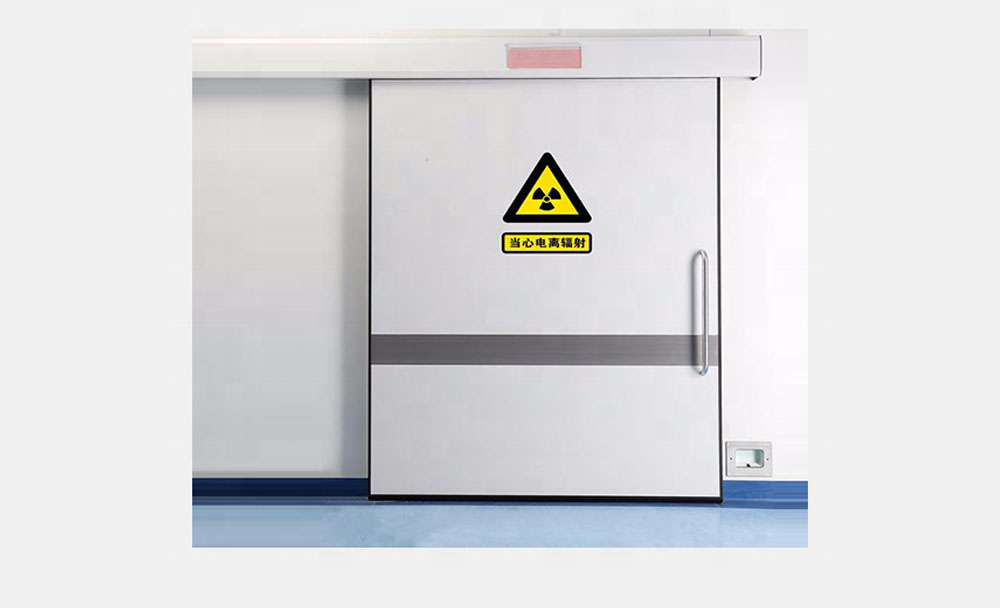
The healthcare and medical industries are rapidly changing. Competition is stronger than ever and new technologies are emerging every day. This fast-paced world means that medical organizations need to make quick and decisive moves in order to stay ahead of the game. To continue functioning as a safe environment that provides quality care, hospitals and clinics have introduced many different types of access control systems. With so many different options, it can be difficult to know which one is the best fit for your business. Based on the statistics from OSHA, medical lead protection is a serious concern for workers in these industries. In fact, OSHA has issued numerous standards regarding lead at the workplace since 1971 to reduce the risk of exposure among employees. Fortunately, there are measures you can take to protect your staff from lead contamination by installing an appropriate access control system:
What is a Medical Lead Protection Door?
A medical lead protection door is a type of access control system that is designed to protect workers from exposure to lead during the cleaning and maintenance process. A lead protection door is also known as a Lead Safe Door, which is a type of door that has been tested for creating a barrier against dust and particles. These types of doors typically include a seal that can be installed around the door frame to prevent contaminants from spreading through the rest of the building. In addition, these seals help prevent dust from entering the room.
Why Install a Medical Lead Protection Door?
The dangers of lead exposure are well-documented. Lead is a neurotoxin that has been linked to cardiac arrhythmia, hypertension, and a variety of neurological disorders. It also stays in the body for a long time, and can have potentially fatal consequences. Lead poses a particular threat in healthcare settings: contaminated items like gloves and syringe needles can be difficult to detect, and cleaning materials such as mops and sponges are hard to decontaminate. What’s more, unlike places such as schools, healthcare facilities may have different entrances for different types of staff. Without the right type of door, dangerous lead dust can be easily spread from one part of the building to another.
What are the benefits?
Greater Safety - Unlike other types of doors that are harder to clean, medical lead protection doors are designed to be decontaminated quickly and easily. This makes them safer, and an effective solution for protecting your staff from lead exposure. Better Design - When choosing an access control system, it’s important to keep in mind that every door has its own set of specifications. For example, a fire exit door can’t be used as an entrance to a room; a medical lead protection door is designed specifically for medical facilities, so it’s able to be easily decontaminated with a few sprays of a cleaning solution. Improved Air Flow - One of the most important features in a lead safe door is the airflow. Without proper airflow, there is a higher chance of contamination.
Types of Doors for Medical Facilities
- Lead Safe Door - A lead safe door is a type of door that has been tested for creating a barrier against dust and particles. Lead safe doors are also known as “lead safe”, “lead proof”, or “lead-tight” doors. Lead Safe doors are necessary for preventing the spread of dust and particles created when cleaning areas contaminated with lead. These doors are usually made of steel and are usually coated with a material that will prevent dust from escaping the room. - Fire Exit Door - Fire exit doors are designed to provide quick and easy exit in the event of an emergency. Fire exit doors can only be used as an exit and should not be used as an entrance. Fire exit doors are typically used to separate areas that have a higher fire risk than other parts of a building, such as a laboratory. - Positive Pressure Room - Positive pressure rooms are rooms that have controlled airflow. Controlled airflow means that the cleaning solution and dust are taken out of the room quickly and efficiently, reducing the risk of contamination. Positive pressure rooms are commonly found in laboratories, operating rooms, and critical care areas.
Conclusion
Lead contamination is a serious threat to the health and safety of your staff. In order to protect your workers from exposure, you should install a medical lead protection door. This type of door is designed to prevent lead dust from spreading through the rest of the building. A lead protection door is a more cost-effective solution than installing a lead-proof floor, as it can be decontaminated quickly and easily. In order to choose the best door for your facility, you should be aware of the benefits each type of door offers.
-
Cleanroom Glass Windows Are The Key to Maintaining a Clean Environment
-
Top Aluminium Profile Manufacturers in China: Leading the Global Market
-
The Evolution of Air Tight Sliding Doors
-
AHU Aluminium Profile: A Comprehensive Guide
-
The Importance of Choosing the Right Cleanroom Door in Vietnam
-
The Benefits of Hospital Automatic Doors: Enhancing Efficiency and Safety
-
The Best Bathroom Door Manufacturers - Unlocking Endless Possibilities!
-
Unlock the Possibilities with AJ Manufacturing Doors
-
Make a Statement with Manufactured Home Interior Doors!
-
what is aluminum profile? Aluminum Profiles for Your Home is the best option
-
Efficiency Meets Elegance in Industrial Cleanroom Aluminum Extrusion Solutions
-
How Aluminium Doors Are Transforming Hospital Security and Accessibility
-
What Are the Technology Behind the Hospital Double Doors
-
Double Leaf Cleanroom Door Improves Workflow Efficiency in Medical Device Assembly Lines
-
How the Right Drop Ceiling Air Vent Diffuser Cover Transforms Your Ceiling
-
How Air Vent Diffuser Ceiling Choices Impact Energy Efficiency
-
Behind the Lab Cleanroom Door: Cutting-Edge Solutions for Sterile Science Spaces
-
Customized Door Solutions That Meet Every Unique Need
-
Why Cleanroom Door Buyers Worldwide Are Turning to China's Aluminum Factories
-
Cleanroom Roll-Up Doors: Small Feature, Big Impact in Contamination Control

Guangzhou Yizhong Aluminum Industry Co., Ltd.
We are always providing our customers with reliable products and considerate services.
We are always providing our customers with reliable products and considerate services.
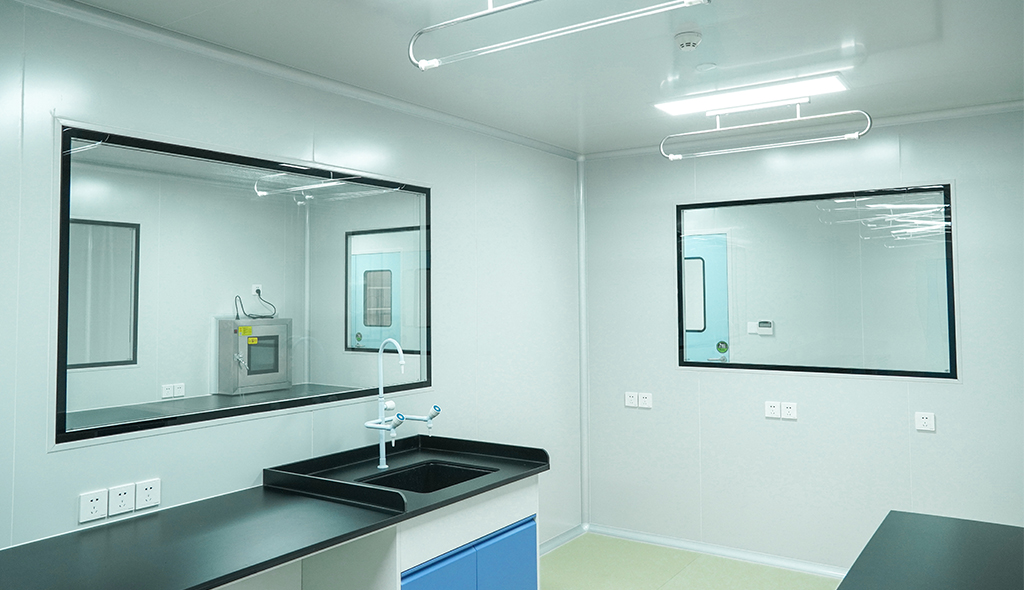
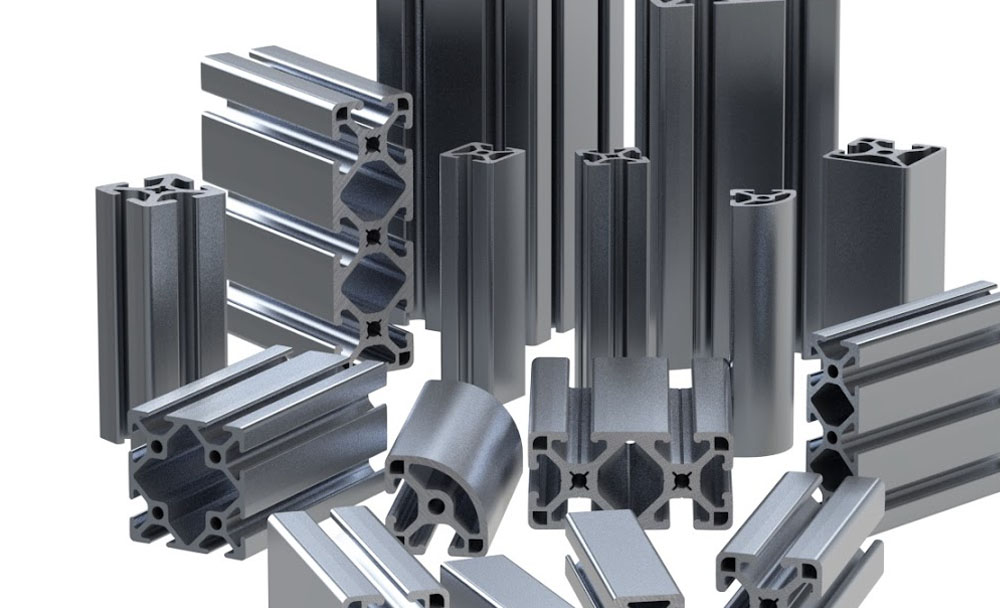
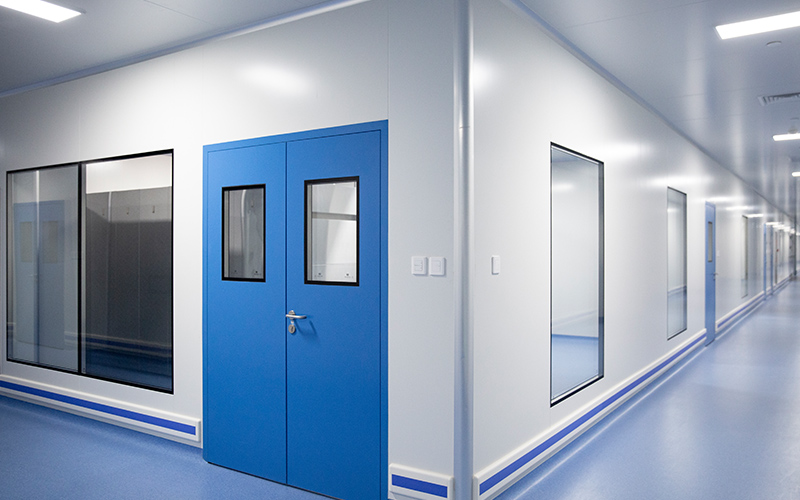
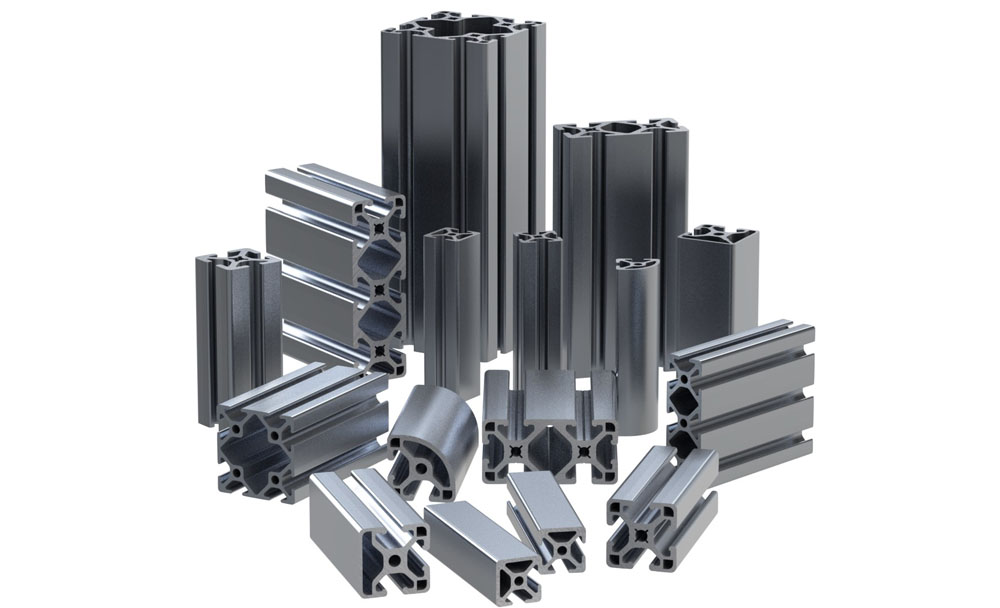
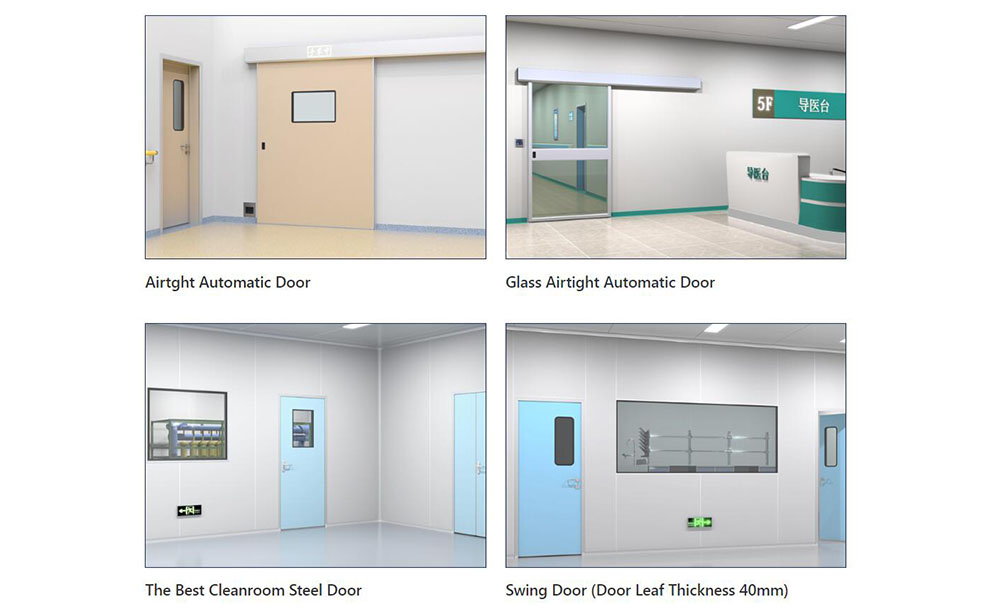
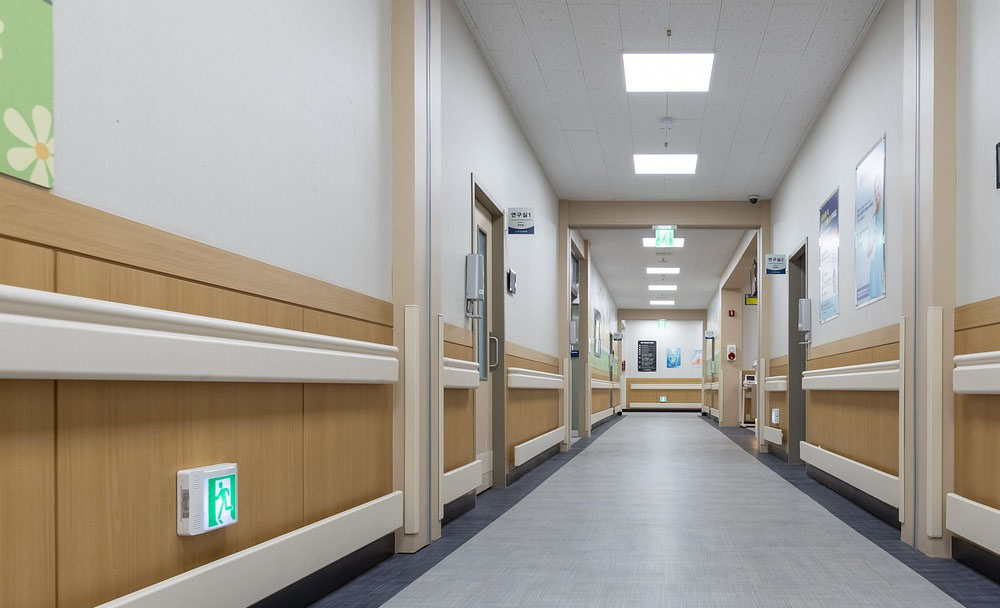
.jpg)
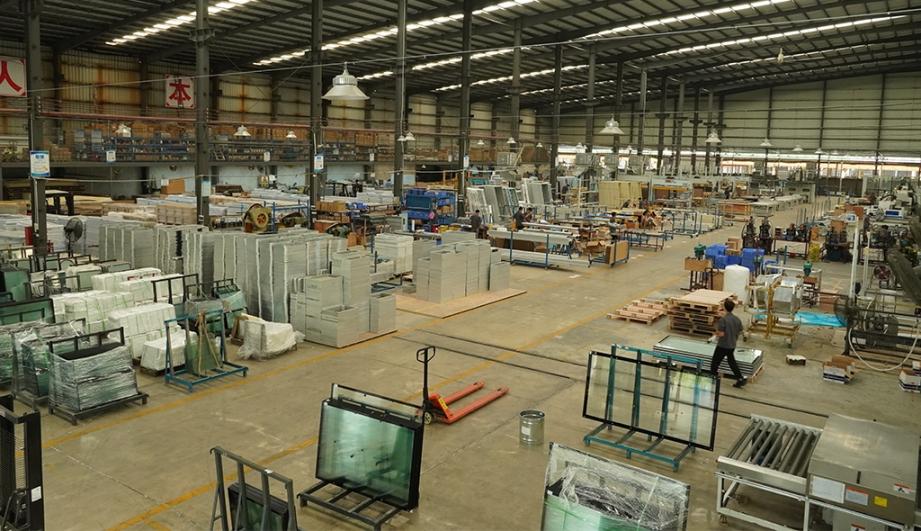
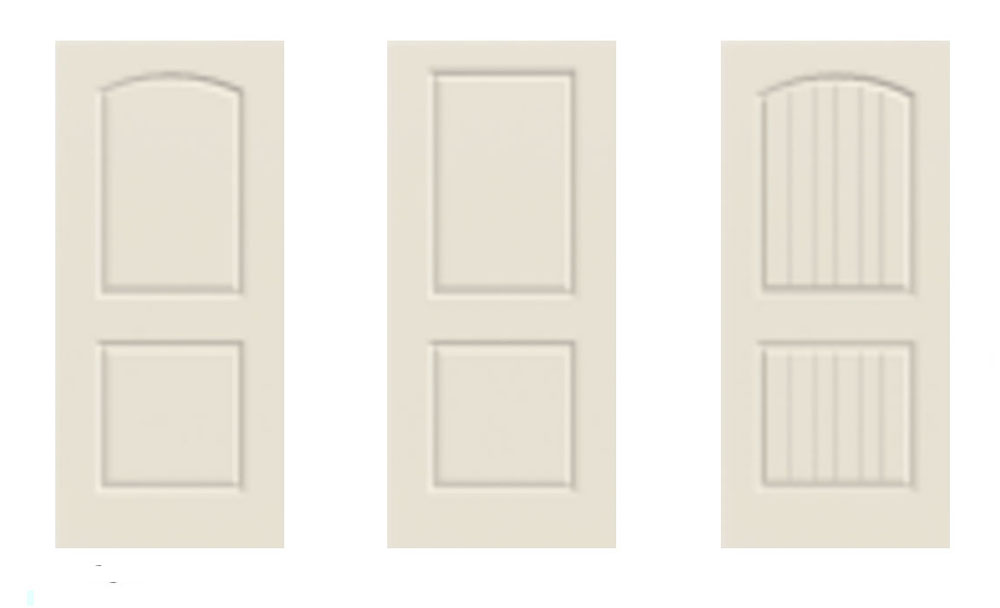
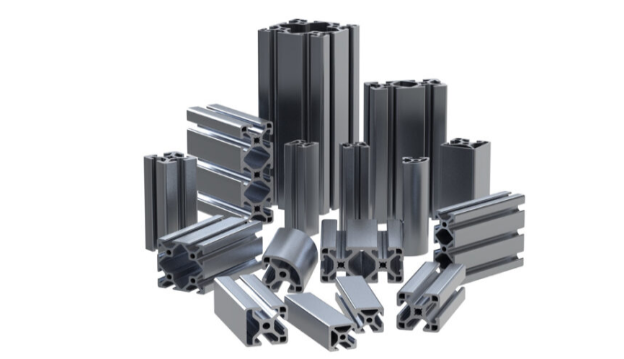
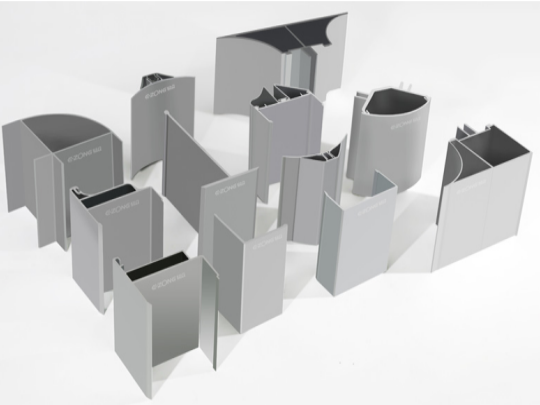
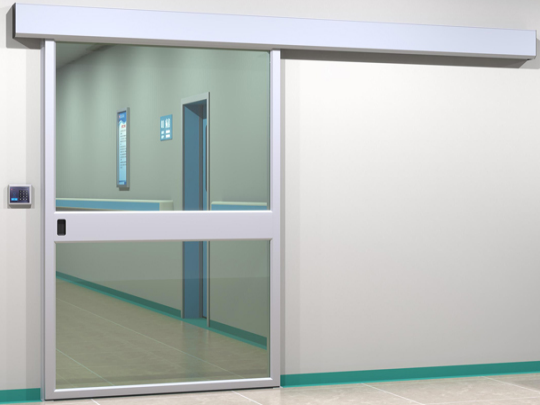
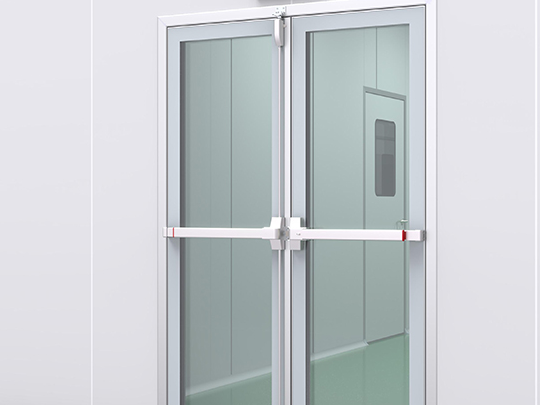
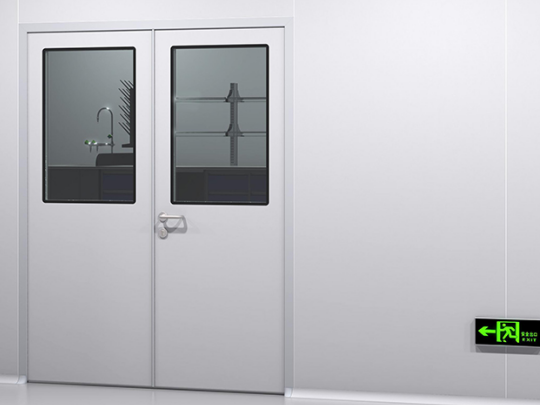
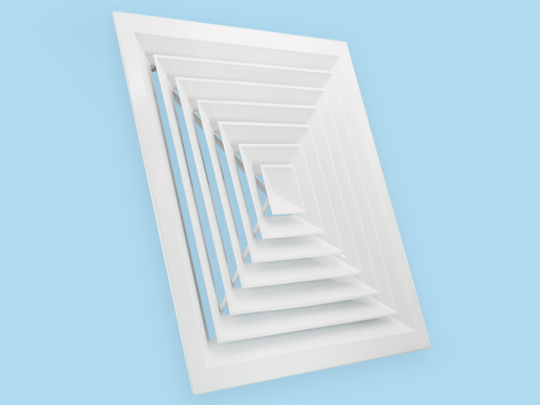
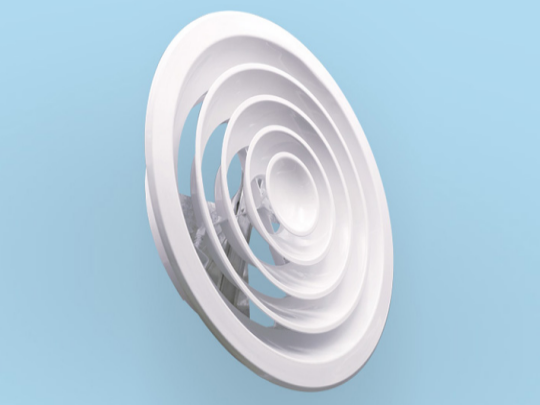
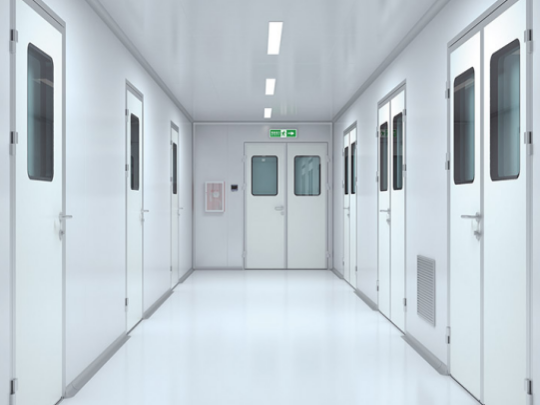
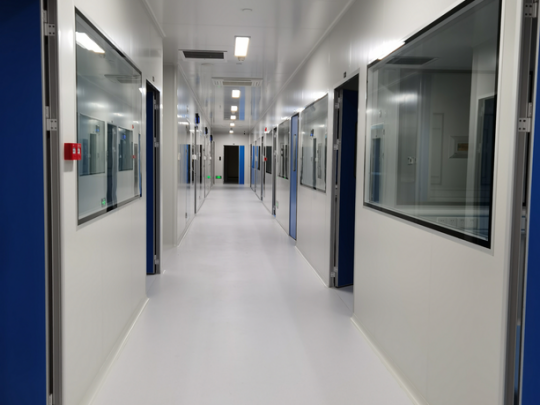
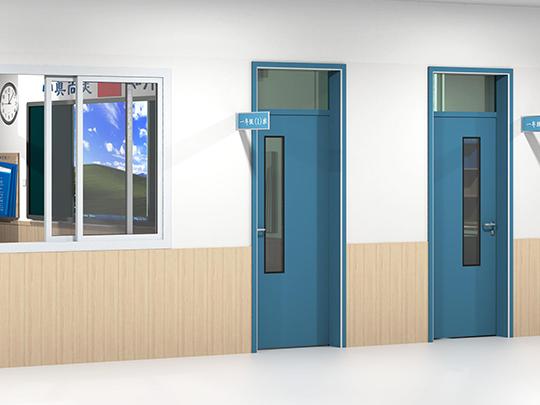
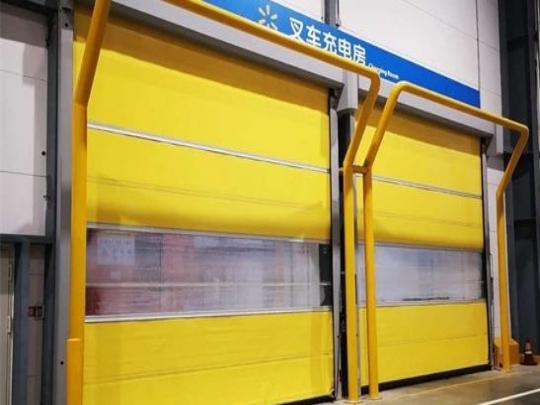
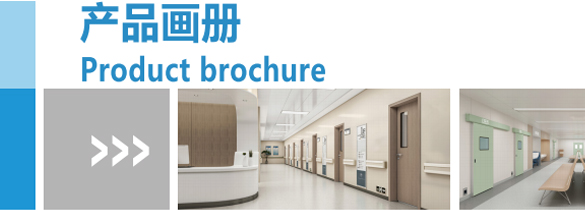
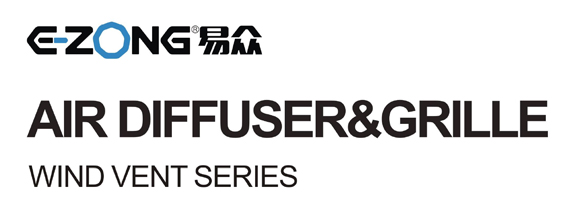

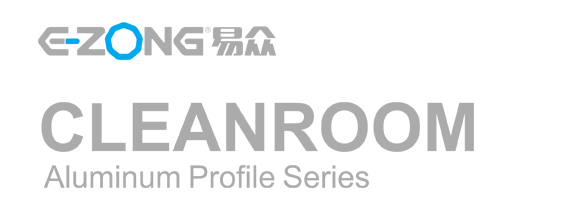






Speak Your Mind